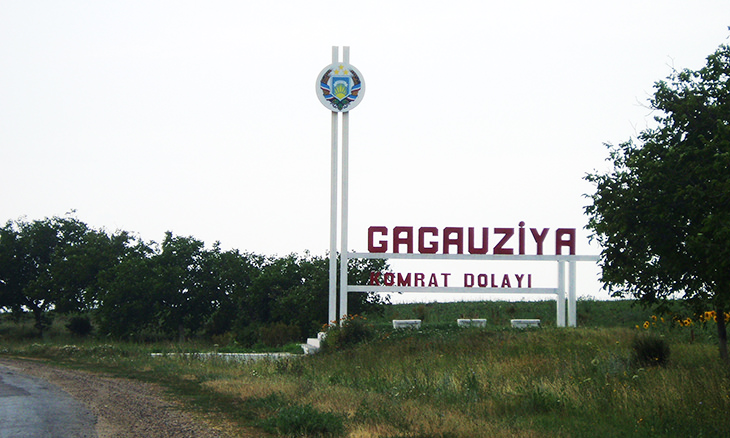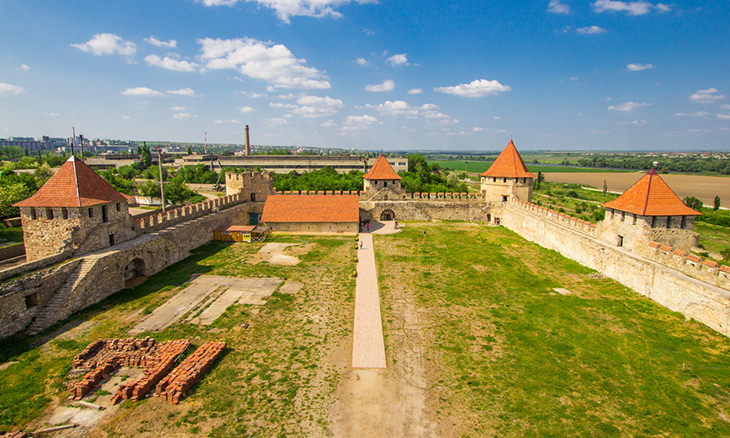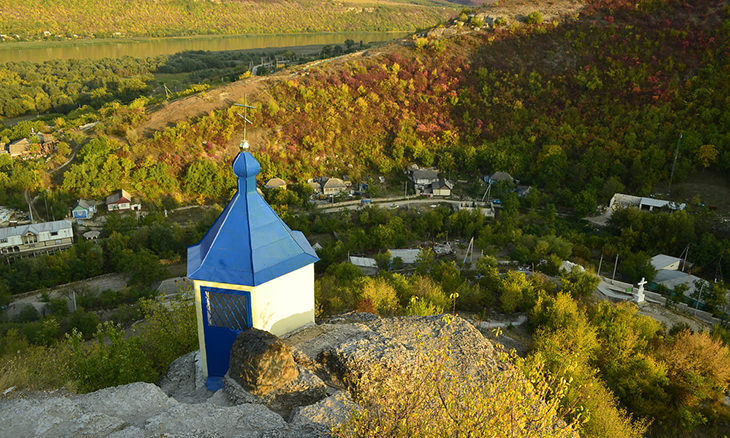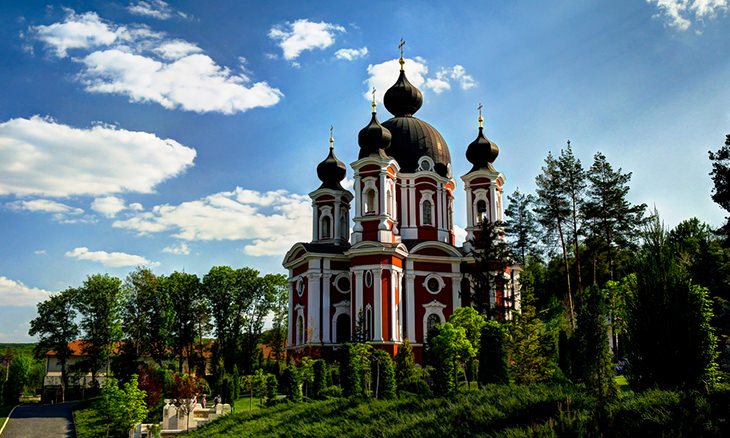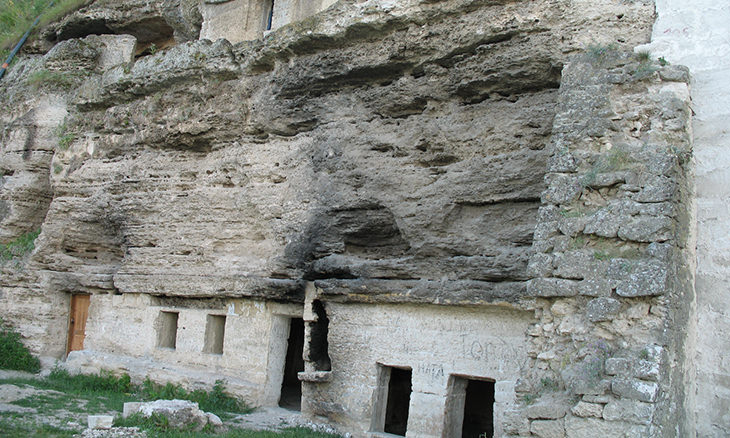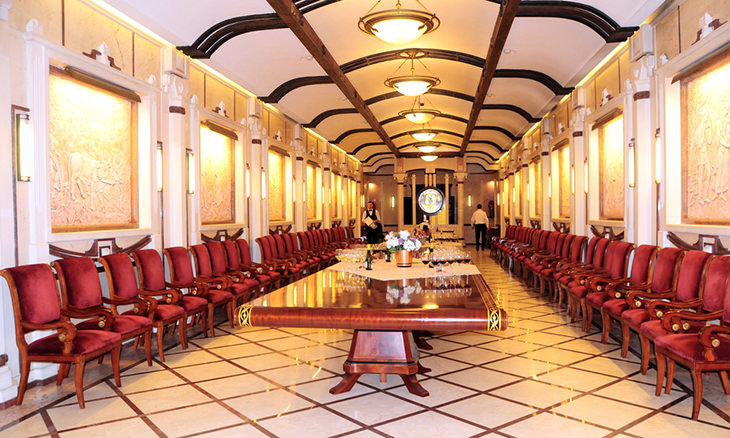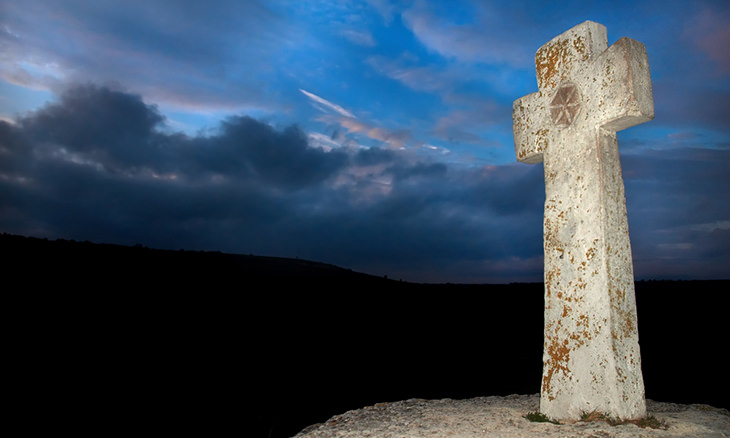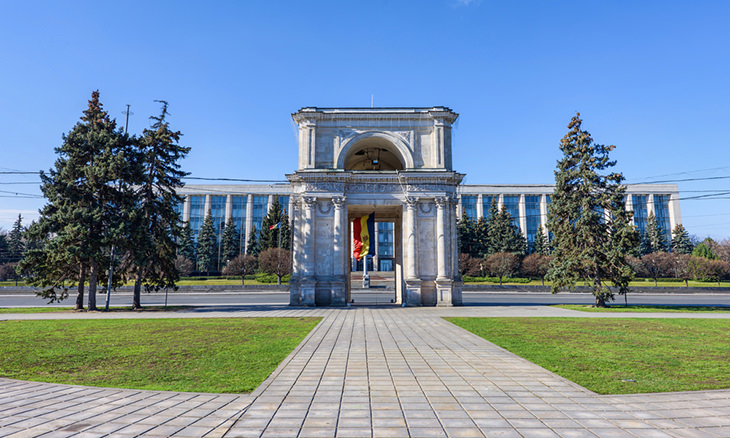10. Soroca
The Soroca fortress has long played an important role in Moldova’s history, and that’s due to its location on the Dniestr River. It dates back to the 15th century and was constructed to protect the city of Soroca and the surrounding areas from would-be invaders. Soroca city also happens to be the de-facto capital of the Roma people.
9. Gagauzia
Consisting of 3 towns and 27 villages, the Gagauzia region is an autonomous, yet not-contiguous, stretch of land that has a pronounced cultural influence from Turkey. The ancestors of the people who inhabit this region were Muslim refugees looking to lay new roots after fleeing from their war-torn homelands. They were only permitted to stay on condition that they converted to Christianity, which they did. Needless to say that the area’s distinct history makes it an intriguing place.
8. Bendery
One of the three cities in Transnistria also happens to be the regions’ most aesthetically pleasing. Bullet holes from the Moldovan civil war still scar some buildings, but the city itself is a warm, fun place. The 16th-century fortress that lies close by is a must-see because it really tells the tale of the city.
7. Transnistria
Located on a narrow strip of land on the banks of the Dniestr River, Transnistria is a self-declared, pseudo-Soviet republic that has existed since 1992. Although it isn’t recognized by the international community, Transnistria has its own currency, police force, and borders. Busts of Vladimir Lenin abound throughout the region, and you’ll love the oddities of Transnistria’s unofficial capital, Tiraspol.
6. Saharna
This small village is a place that most who visit say they’d love to return to. It’s home to the Holy Trinity Monastery, but there’s also breathtaking natural beauty to take in. Moldavian people visit Saharna as a place of pilgrimage – it’s believed that a certain footprint on a rock belongs to the Virgin Mary herself. What’s more is that the Saharna River boasts no fewer than 2 waterfalls. Hikers through the area are rewarded by truly spectacular vistas.
5. Curchi Monastery
This is undoubtedly the most beautiful monastery in all of Moldova. It consists of five churches, a refectory, numerous abbeys and monk cells. It is finished in the Bessarabia architectural style, and the complex’s glittering centerpiece, the Mother of God Church, was completed at the end of the 19th century. Be sure to explore the grounds and discover the monastery’s truly unique history. When you’ve done that, you can finish your visit with a tranquil stroll through its beautiful orchards.
4. Tipova Monastery
In a stunning, yet remote part of Moldova, you’ll find three complexes dug out of the rocks along the banks of the Dniestr River. The oldest of the three, which is named the Church of the Feast of the Holy Cross, dates back to the 11th century, whereas the other two complexes date back to the 14th and 16th centuries respectively. Although each cave can sleep 700 monks, there are fewer than 20 monks that live there now.
3. Cricova Winery
Just 30 minutes outside the Moldavian capital, Chisinau, lies the second-largest underground winery in the world. It features an elaborate tunnel system that began to be dug out in the 15th century. The excavated limestone was then used for the construction of Chisinau. The “wine city”, as it’s known, includes numerous warehouses and underground tasting rooms. There’s even a guided tour to enjoy. If you’re wondering how much wine this winery holds, there are no fewer than 1.25 million bottles of the stuff underground!
2. Orheiul Vechi
This incredible sight is an hour’s drive from Chisinau. In addition to its stunning natural beauty, Orheiul Vechi is home to an archeological complex of high cultural and historical value. It overlooks the Raut River, and features fortifications, baths, caves, ruins and monasteries that date back as far as 2,000 years. Traces of the Tatar and Mongol invasions can be seen, as can those of the occupation of the Golden Horde during the 14th century. A museum can also be found on site to provide information and give context to this most unique of places.
1. Chisinau
The Moldavian capital is the country’s biggest city and is more modern and cosmopolitan than you might imagine. It boasts plenty of green space thanks to an abundance of parks, and there’s many a historical building to see. Furthermore, there are plenty of restaurants, art galleries, nightclubs and spas to enjoy. Highlights include Pushkin Park and the orange pyramid at the World War II memorial. The Nativity Cathedral features some stunning frescoes, but if you happen to enjoy art that’s more modern, you can always head to the art market and check out the stalls manned by local modern artists.


